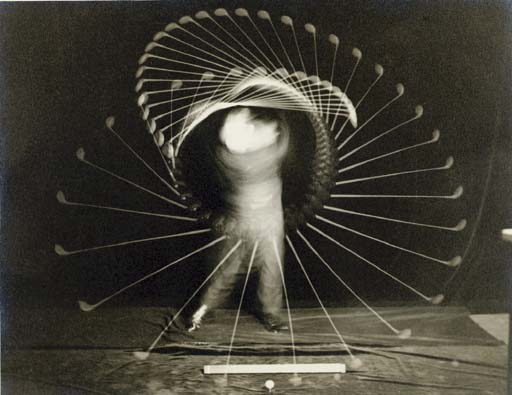Keep Golf Lessons Simple
As with most amateur golfers, the desire to constantly lower your scores in order to break 100, 90, or 80 is pretty much a season-long battle each and every year. Keeping you head down, straightening that left arm, and turning behind the ball are probably thoughts that you had over and over again if you have played any golf in your life. Sometimes these thoughts help us, especially if we are brand new to the game. Good fundamentals are the backbone to learning any sport. However, what if traditional golf lessons are doing more harm than good?
First, let us define what I mean by the "traditional golf lesson". In essence, when you go to your everyday, run-of-the-mill driving range professional for a lesson, you are going to get a heavy dosage of the tips referenced above. In other words, you are going to be overwhelmed with mechanics right from the start, and often before you even hit a golf ball. This can be even more overwhelming to a student who has not played other sports very frequently and doesn't have a firm grasp on hand-eye coordination.
But what if you are a seasoned athlete and know how to hack your way around a course? Typically all that means is the tips and suggestions you will be receiving from a golf pro are going to be more detailed and sophisticated. Keep that takeaway low! Hinge the wrists, but not too much! Turn those hands over through impact!
Whew... that's a lot to remember! Maybe a golf magazine or golf manual will be better?
Not always the case, Tin Cup. While photos and the Top 100 teachers are abundant in those pages, you still have to go on the range and execute what you're seeing. Nothing more comfrotable than standing on a busy driving range with a magazine in one hand and a 7-iron in the other, right?
Traditional golf lessons, while saturated with good intentions, often cause more confusion in the student than providing good shots. In many ways, this is the best marketing plan available for some dishonest teaching professionals: fill the student's head with a long swing checklist and then constantly tweak the list whenever something else goes wrong. What better way to keep a steady stream of business than repeat visitors?
Immediate feedback via visualization and feel are thought to be the best methods of learning for any sport, including golf. Sites like FixYourGame.com and methods like the Ernest Jones Golf Swing focus more on actually seeing what you are doing incorrectly and feeling what a proper swing should "feel like". Many times these lessons only include one or two swing thoughts, thus allowing for the golfer to repeat a swing over and over again.

